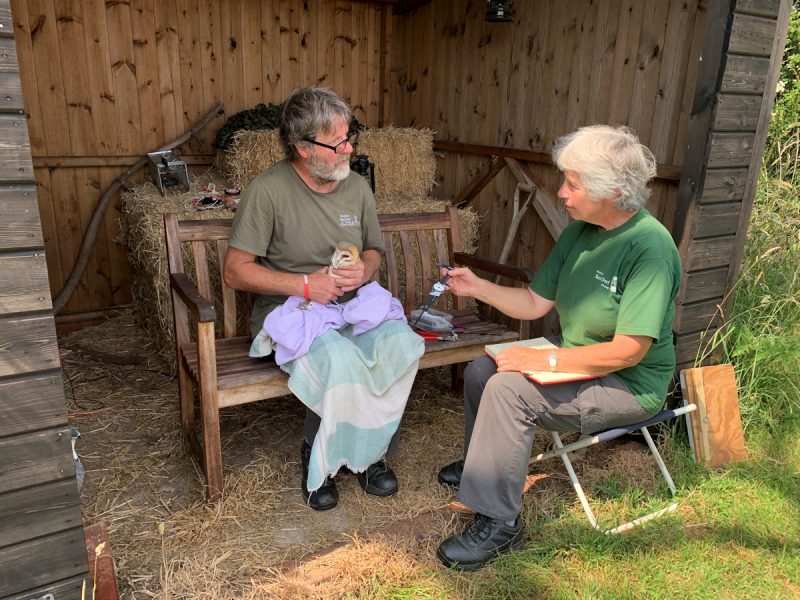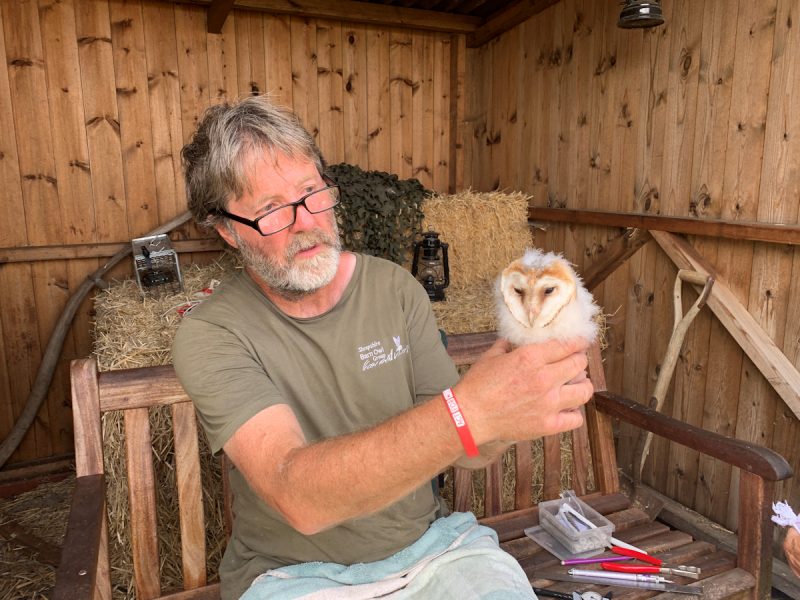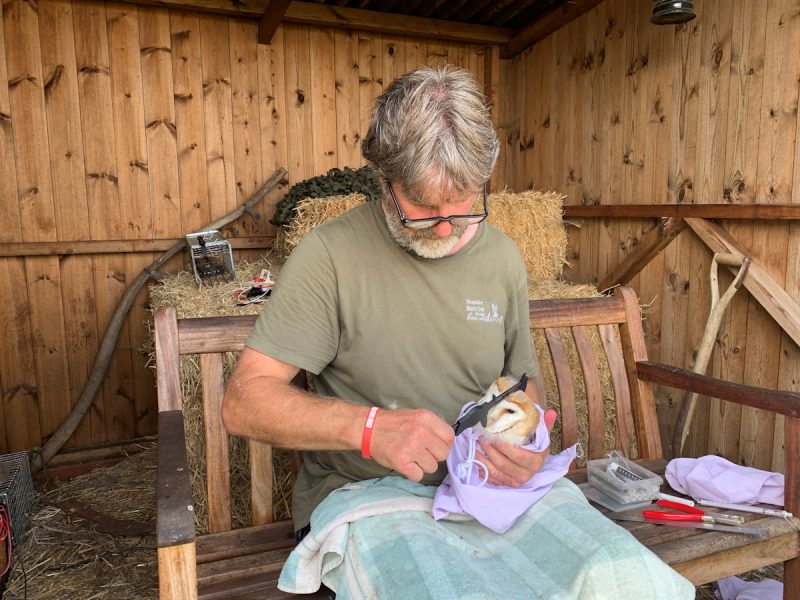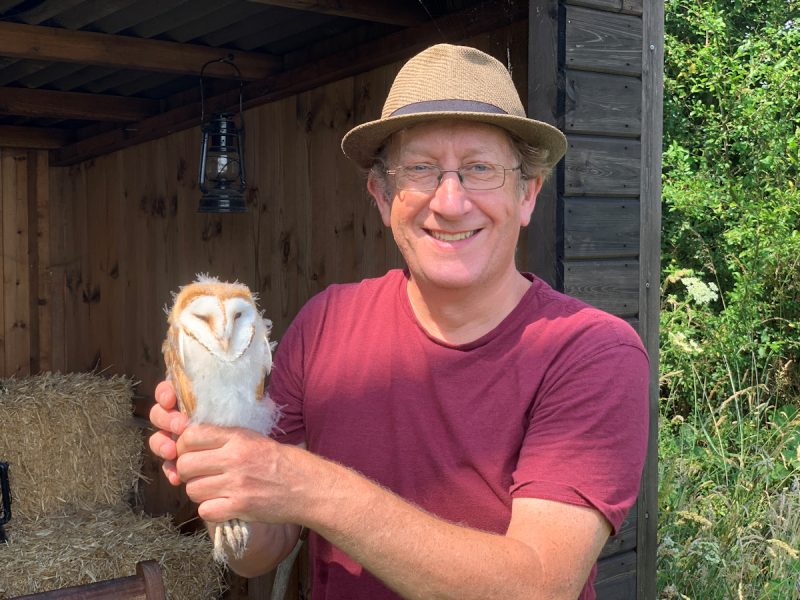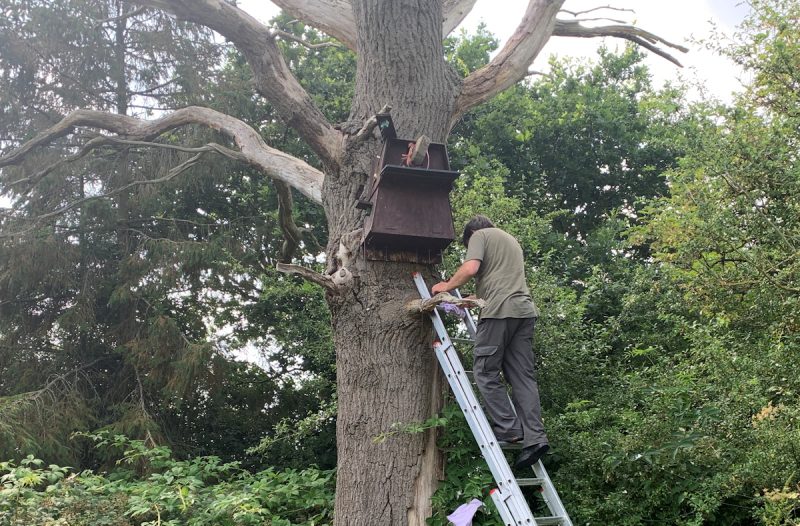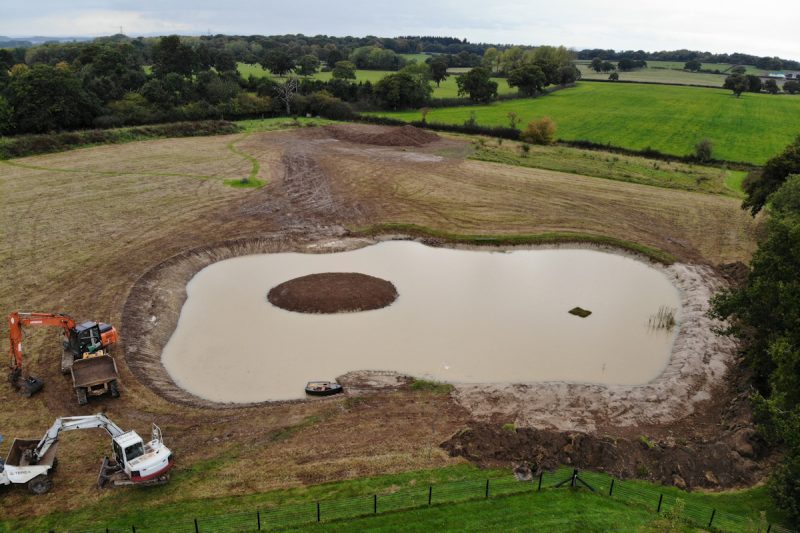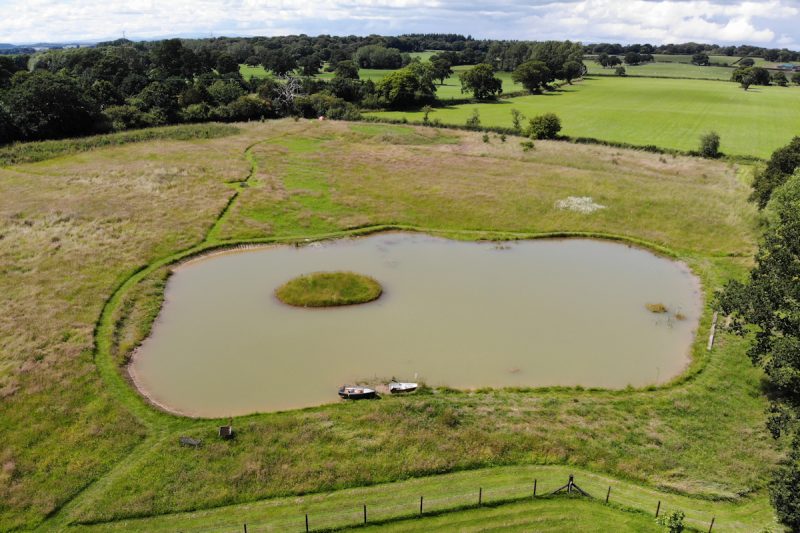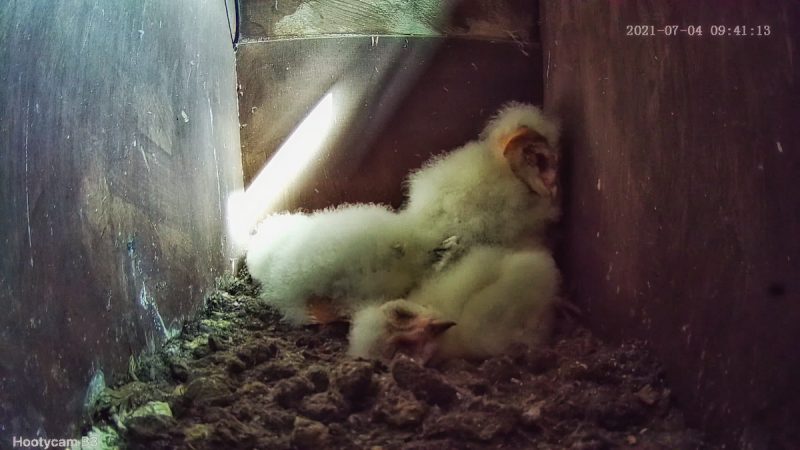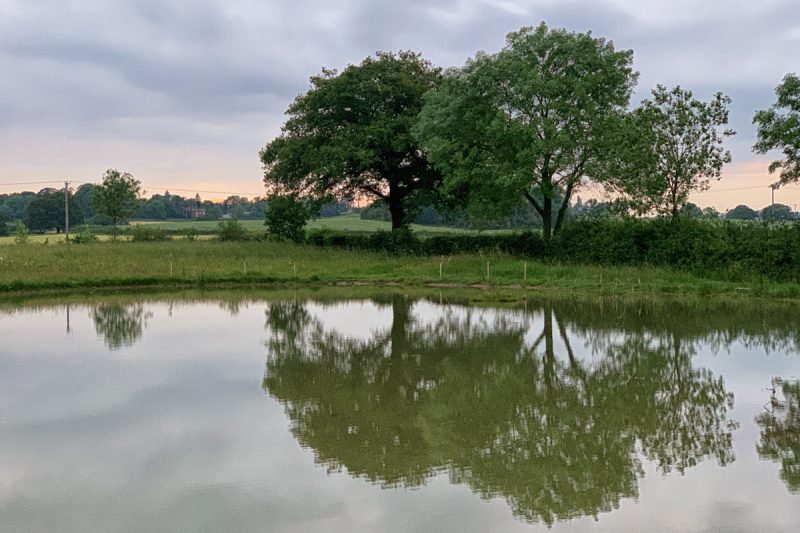The youngest owlet is catching up with her older sisters and is usually the first up in early evening and last back in the nest box in the morning.
She stays in the nest box with her sister during the day and they’re joined by the oldest owlet (who is roosting in a tree nearby as there isn’t much room in the nest box) in the evening for a night of practice flying and hunting, with the adults still bringing the younger owlets food during the night to keep them going until they can hunt fully for themselves.
It’s quite noisy out there now, but we think it’s a lovely sound.
Sorry about the thumping background noise: it’s a continuing problem with the Green Feathers camera.

